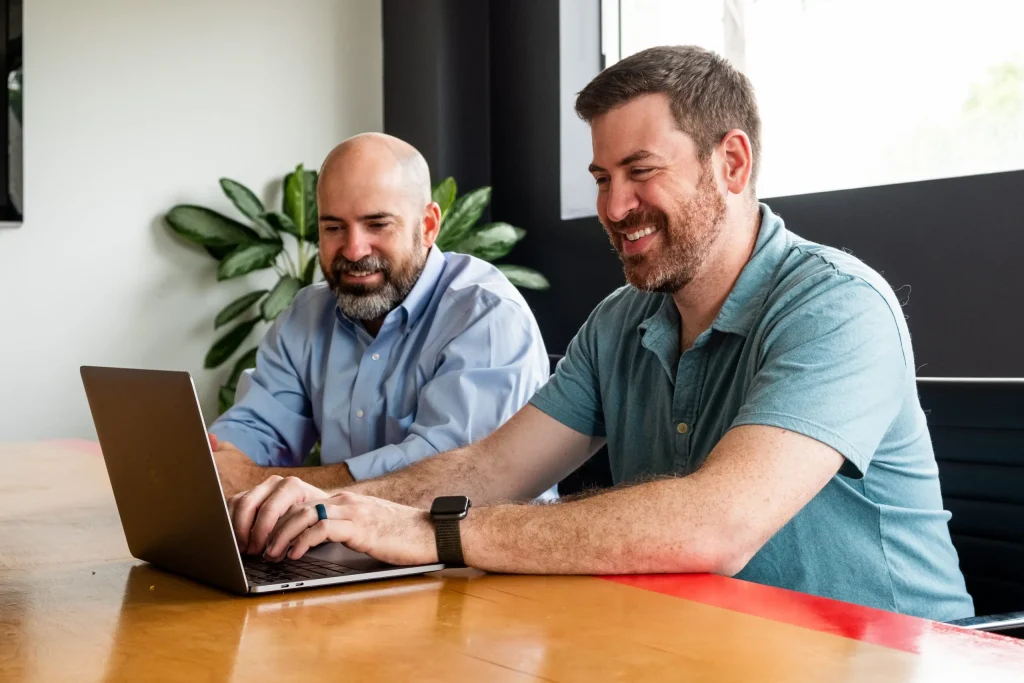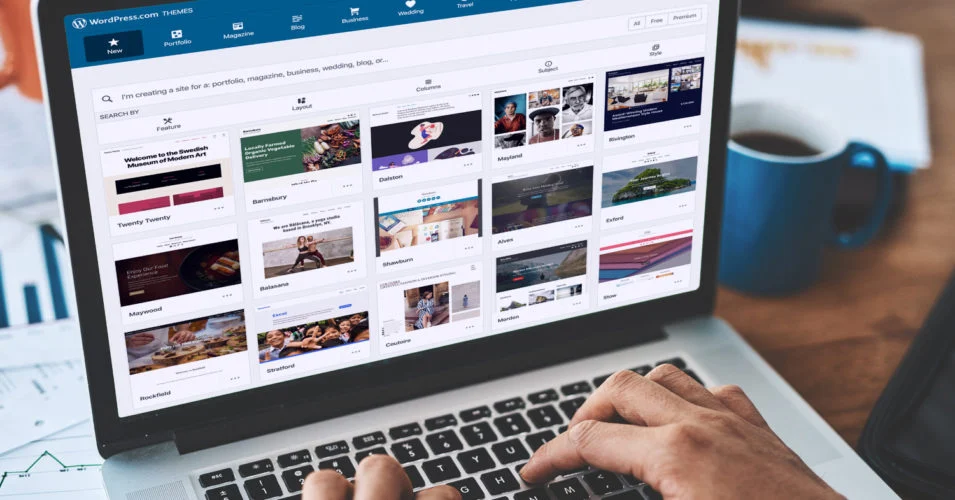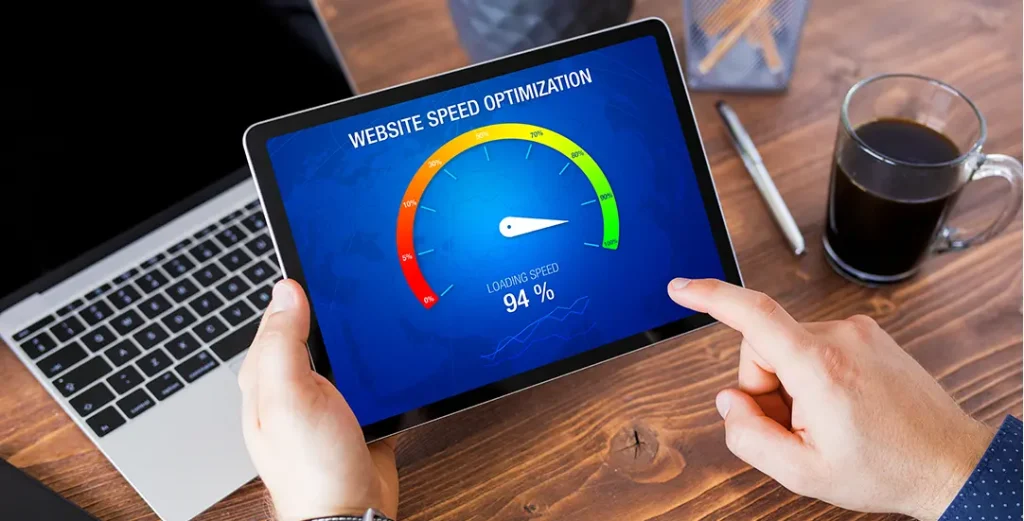The Impact of Internal Linking on Increasing Site Ranking
Internal linking is a crucial SEO strategy that enhances website structure, improves user experience, and boosts search engine rankings. By strategically linking pages within a website, businesses and content creators can drive traffic, distribute link equity, and improve site authority. Below, we explore the key benefits of internal linking and how it impacts SEO.
1. Enhances Website Navigation and User Experience
Internal links guide visitors through the website, helping them find relevant content efficiently. A well-structured internal linking system ensures users spend more time on the site, reducing bounce rates and increasing engagement.
2. Improves Indexing and Crawling by Search Engines
Search engines use bots to crawl websites and index pages. Internal links help these bots discover new content more easily, ensuring that all important pages are indexed and ranked appropriately.
3. Distributes Page Authority and Link Equity
Internal linking helps distribute link equity (also known as link juice) across various pages. Linking from high-authority pages to lower-ranked pages can improve their ranking potential and visibility in search results.
4. Boosts Keyword Relevance and SEO Ranking
Using keyword-rich anchor texts in internal links signals to search engines what the linked page is about. This can improve the relevance of pages for specific search queries, leading to better ranking performance.
5. Encourages Content Discovery and Engagement
Internal links encourage users to explore more content, increasing page views and session duration. This improves engagement metrics, which are valuable factors in search engine ranking algorithms.
6. Reduces Bounce Rate and Increases Dwell Time
By providing relevant internal links, visitors are more likely to continue navigating through the site instead of leaving after viewing a single page. A lower bounce rate and higher dwell time can positively influence search rankings.
Best Practices for Effective Internal Linking
- Use Descriptive Anchor Texts: Ensure anchor texts are natural and include relevant keywords.
- Link to Relevant and Valuable Content: Prioritize linking to pages that provide additional information or context to the user.
- Maintain a Logical Link Structure: Avoid excessive internal links on a single page and ensure links are placed within meaningful content.
- Update and Audit Internal Links Regularly: Check for broken links and update outdated links to maintain a smooth user experience.
Conclusion
Internal linking is a powerful yet often overlooked SEO tactic that can significantly enhance site ranking. By strategically implementing internal links, websites can improve user experience, strengthen site structure, and increase search engine visibility, ultimately driving higher traffic and engagement.







